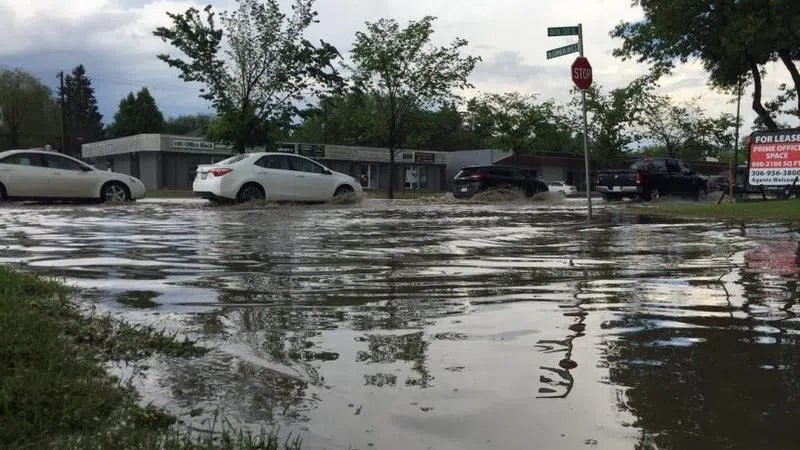
Expert urges homeowners to take steps to protect against flooding
Saskatchewan will join jurisdictions across the country in a push to update flood plain maps and a Canadian researcher says it may be the push many homeowners need to protect themselves against flooding.
Dr. Blair Feltman from the The Intact Centre on Climate Adaptation at the University of Waterloo told 650 CKOM that many parts of Canada are operating with flood maps that are decades out of date and don’t reflect the reality of flooding risk caused by a changing climate.
“Flood risk in Canada is only going to increase going forward for the vast majority of the country. Climate change is irreversible . It’s here to stay. Period,” he said, noting that even if humanity succeeds in reducing carbon emissions, this would only slow further warming, rather than reversing what’s already locked in.



